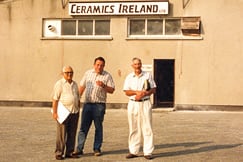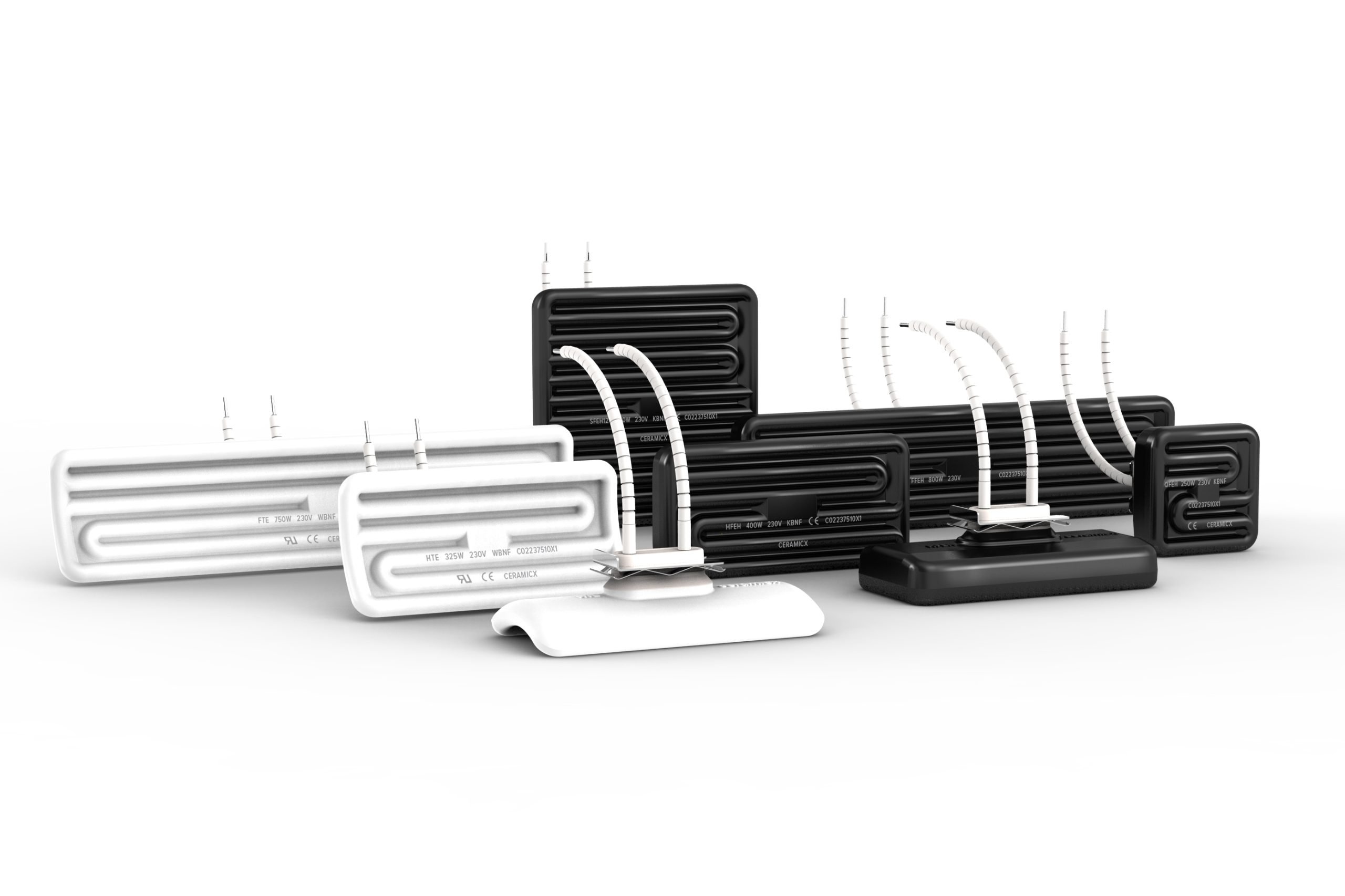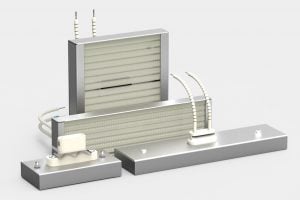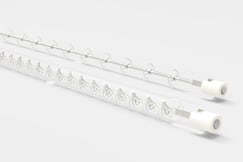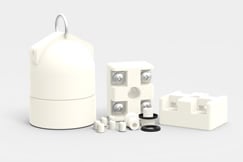| AUTHOR | DATE CREATED | VERSION | DOCUMENT NUMBER |
|---|---|---|---|
| Dr. Gerard McGranaghan | 14 October 2014 | V1.1 | CC11 – 00041 |
Introduction
This document is a short survey of the information relating to Infrared heating of humans and animals, normally called comfort heating. It explains the scientific rationale behind the use of medium and long wave infrared radiation when used for comfort heating.
Infrared radiation is used as comfort heating for the heating of humans and animals. Humans and animals are exposed to infrared almost every day via the sun, and have evolved special mechanisms within their skin to maximise benefit from this source. A knowledge of these mechanisms and characteristics should be taken into account when selecting the type of heater for comfort heating. Despite the high intensity and powerful heating effect of short wave heaters, this document explains the disadvantages and health problems that the use of “short wave” heaters may cause.
Background
Infrared is non-ionising electromagnetic radiation within in the wavelengths of 780nm to 1mm. Within this wide waveband, it is often subdivided further into three regions, IR-A, IR- B and IR-C categorised as follows
- IR-A:700nm–1400nm(0.7μm–1.4μm)
- IR-B:1400nm–3000nm(1.4μm–3μm)
- IR-C:3000nm–1mm(3μm–1000μm)
Infrared radiation causes a heating effect when it strikes a surface, in the case of comfort heating this is normally the skin. However not all Infrared radiation is converted to heat. All infrared radiation can be
- Absorbed
- Transmitted
- Reflected
The amount of each depends on the surface and material characteristics. IR that is reflected will not be converted into heat, whereas IR that is absorbed is converted to heat directly. IR that is transmitted may be partly converted to heat depending on the thickness of the target, and how much radiation can pass through. Shorter wavelengths are usually more transmissive and therefore penetrative, while medium and long wave infrared energy usually penetrate less converting most of their energy to heat in the surface micro region.
Absorption
With regard to the human body, absorption is highly dependent on the skin characteristics. Skin absorbs principally due to its 80% or so water content therefore has an absorption spectrum like water (Robinson 2014). Seen in Figure 1 below, of the three biologically significant bands, IR-A and IR-B have lower absorption compared with IR-C. This means that IR-C and IR-B which occur at longer wavelengths are better absorbed by human skin. This translated to more efficient heating of humans via these long and medium wave bands. Of course, using a heater which delivers IR-A will still heat the skin, but will be less efficient as the skin does not absorb as well.
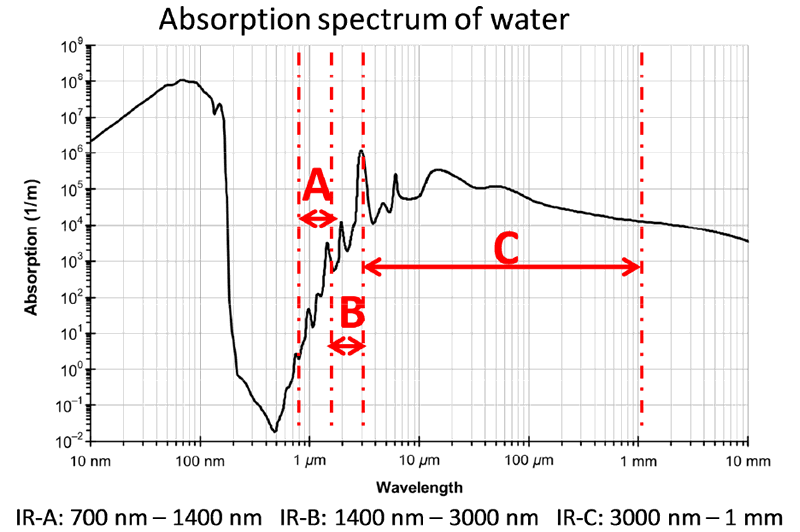
Reflectivity
Skin can reflect IR radiation as well and again this depends strongly on the wavelength. Seen in Figure 2, skin has a high reflectance in biologically significant bands IR-A and this decreases and levels out in bands IR-B and IR-C.
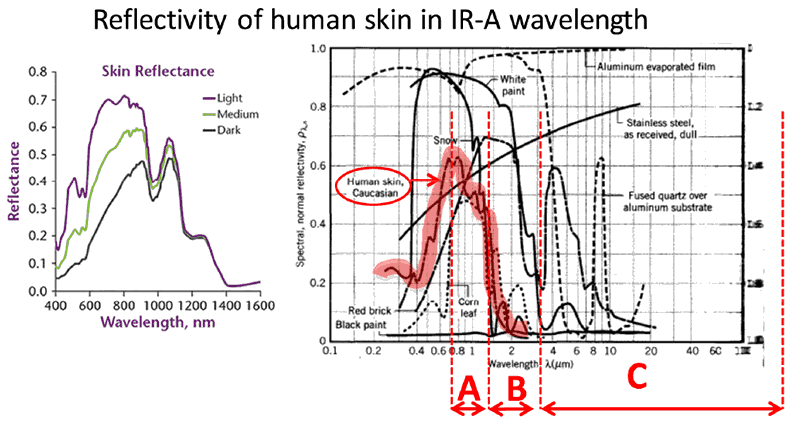
This means that of all the infrared radiation striking the skin, a large proportion of the IR-A (shortwave radiation) will be reflected and therefore will not cause heating.
Therefore infrared in the longer wavelengths assist favourably with high absorption and low reflectance which are two essential properties required for effective heating of a target. Conversely, infrared in the shorter wavelengths is not absorbed well and is reflected by the skin surface.
Transmission
Finally, skin can transmit radiation as well and is again a function of wavelength. In fact, for near IR (~1.2 μm i.e. close to the end of IR-A) about 65% of IR can reach the dermis (Schroeder et al. 2008). Beyond 2 μm the skin is opaque. In fact, despite the fact that skin will be heated by IR-A that overcomes the high reflectivity of the skin, the near IR is potentially more dangerous than the mid and far IR because it can penetrate into the dermal area of the skin and cause greater injury.
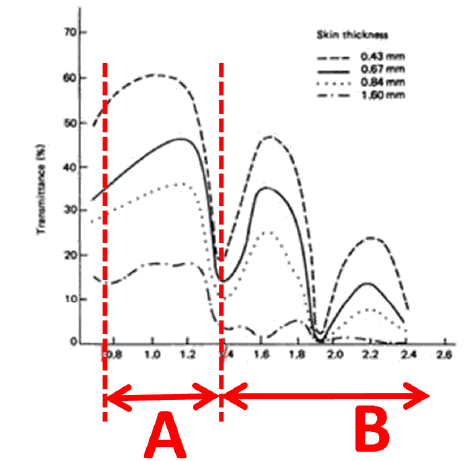
Therefore, biologically significant IR-C has high absorption, low reflectivity and low transmissivity, all of which are to the benefit of heating the skin, which ultimately transmits the heat to the body’s interior by diffusion into the cooler internal tissue. It is also the intrinsically safer waveband which is why comfort IR usually aims at the longer wavelengths (comfortably in the IR-B and IR-C regions)
Health
Apart from the direct danger of contact with the hot emitter itself, high-intensity short- wave infrared radiation may cause thermal burns if the skin receives too much exposure for too long or the heater unit is positioned too close to the target. These ageing effects are known from Bakers arms and faces of glass blowers (Cho et al 2009). Eye damage can occur over a long period of time so goggles or time limits are recommended (Voke 1999). Near IR is responsible for photoaging of the skin (Schroeder et al. 2008), where IR-A exposure induces similar biological effects to UV light (Schroeder et al 2009). Therefore if possible, IR- B and IR-C should be used as alternatives which don’t have these harmful effects.
Given the reasons above on the human body’s natural limitations towards IR-A, it is more beneficial and less harmful to concentrate on the mid range IR-B ad IR-C wavebands at wavelengths between 3-10 microns. The spectral output of Ceramic heaters are thus positioned very well for such tasks (see Figure 4 below)
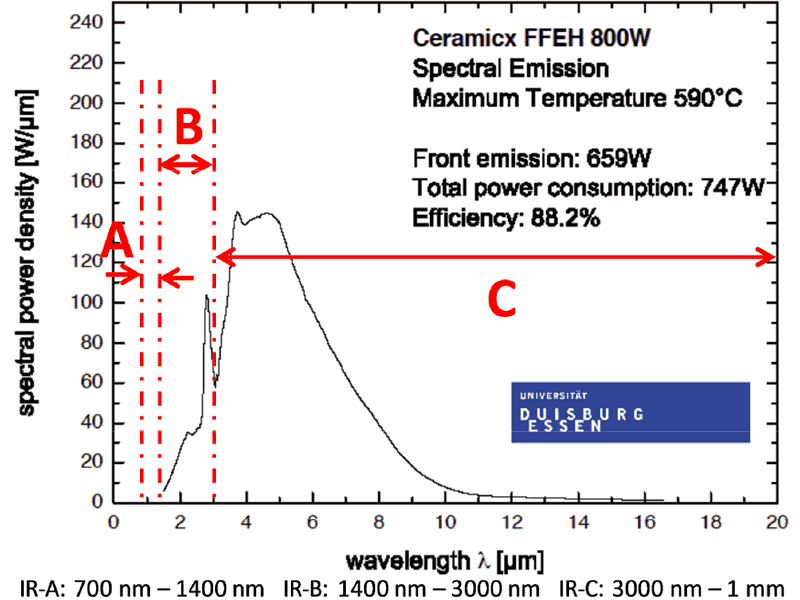
Summary
Infrared radiation is absorbed, transmitted or reflected depending on the characteristics of the surface. In the case of humans or animals, this surface is the skin. The skin covering the human body has evolved absorption, transmission and reflective characteristics probably as a result of exposure to the sun. Natural defence characteristics have evolved such as favourable absorption of long wave IR and high reflectivity of short wave IR. In addition recent studies find that shortwave IR (IR-A) is damaging to the skin resulting in premature aging. Infrared in the bands IR-B and IR-C do not have such harmful effects and should be favoured.
PLEASE NOTE: Infrared Comfort Heating Products can be bought from Herschel Infrared.
References
Peter Schroeder, Judith Haendeler, Jean Krutmann, The role of near infrared radiation in photoaging of the skin, Experimental Gerontology, Volume 43, Issue 7, July 2008, Pages 629-632, ISSN 0531- 5565,
Personal Correspondence. Professor Anthony Robinson, Department of Mechanical and Manufacturing Engineering, Trinity College, Dublin 2.
Soyun Cho, Mi Hee Shin, Yeon Kyung Kim, Jo-Eun Seo, Young Mee Lee, Chi-Hyun Park and Jin Ho Chung, Effects of Infrared Radiation and Heat on Human Skin Aging in vivo, Journal of Investigative Dermatology Symposium Proceedings (2009) 14, 15–19;
Schroeder P, Calles C, Krutmann J. Prevention of infrared-A radiation mediated detrimental effects in human skin. Skin Therapy Letters. 2009 Jun;14(5):4-5.
Dr. Janet Voke, Radiation effects on the eye, Part 1 – Infrared radiation effects on ocular tissue, Optometry Today, May 1999

